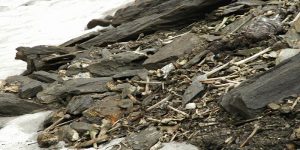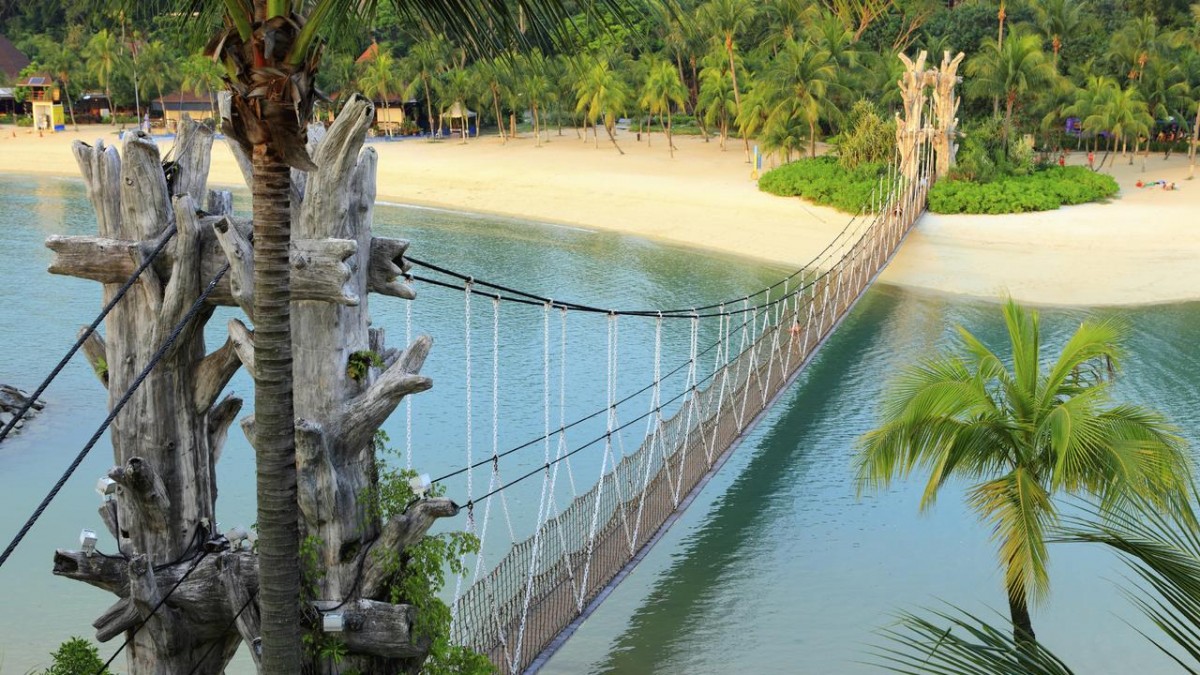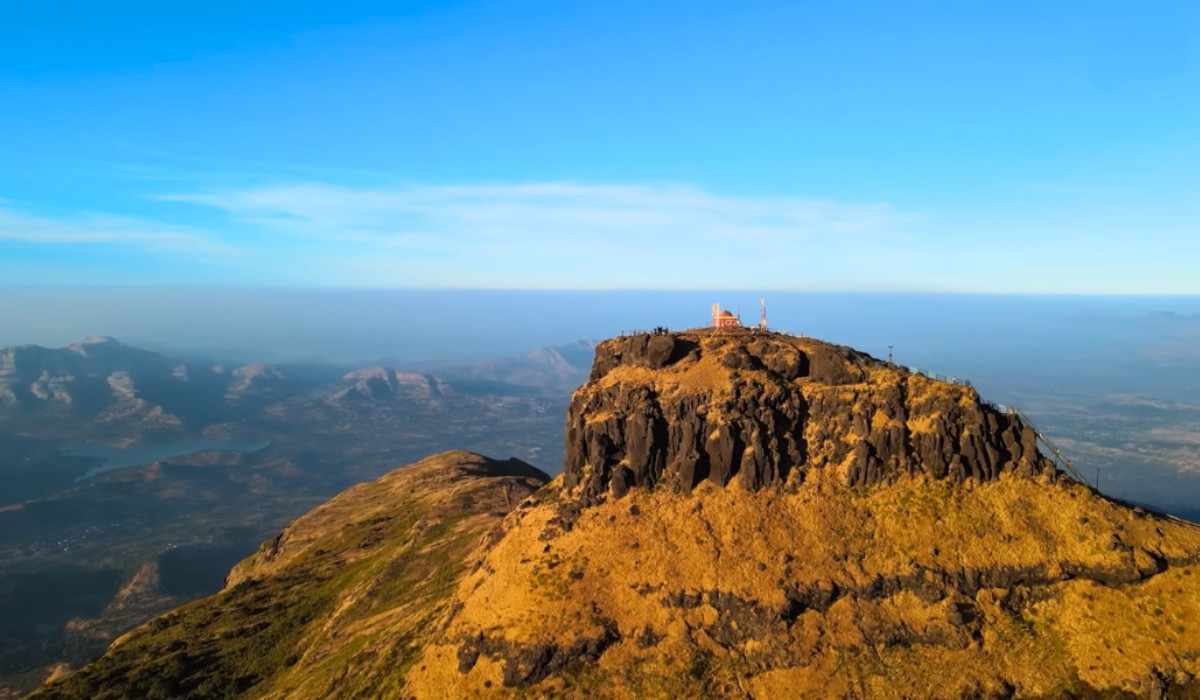High in the Indian Himalayas, a four-to-five-day trek from the nearest village, sits an unassuming glacial lake
called Roopkund. The spot is beautiful, a dollop of jewel-toned water amid rough gravel and scree, but hardly out of
the ordinary for the rugged landscape — except for the hundreds of human bones scattered within and around the lake.

Scientists reveal bones belong to 9th century people who died during heavy hail storm
These bones, belonging to between 300 and 800 people, have been a mystery since a forest ranger first reported them to the broader world in 1942. Lately, though, the mystery has only deepened. In 2019, a new genetic
analysis of the ancient DNA in the bones, detailed in the journal Nature Communications, found that at least
14 of the people who died at the lake probably weren’t from South Asia. Instead, their genes match those
of modern-day people of the eastern Mediterranean.
Situated at over 5,000 meters above sea level in the Himalayan Mountains, Roopkund Lake is home to the
scattered skeletal remains of several hundred individuals of unknown origin. We report genome-wide ancient DNA for 38 skeletons from Roopkund Lake, and find that they cluster into three distinct groups. A group of 23
individuals have ancestry that falls within the range of variation of present-day South Asians. A further 14 have ancestry typical of the eastern Mediterranean. We also identify one individual with Southeast Asian-related
ancestry. Radiocarbon dating indicates that these remains were just not deposited simultaneously. Instead, all of the individuals with South Asian-related ancestry date to ~800 CE (but with evidence of being deposited in
more than one event), while all other individuals date to ~1800 CE. These differences also reflected in stable isotope measurements, which reveal a very distinct dietary profile for the two main groups.











